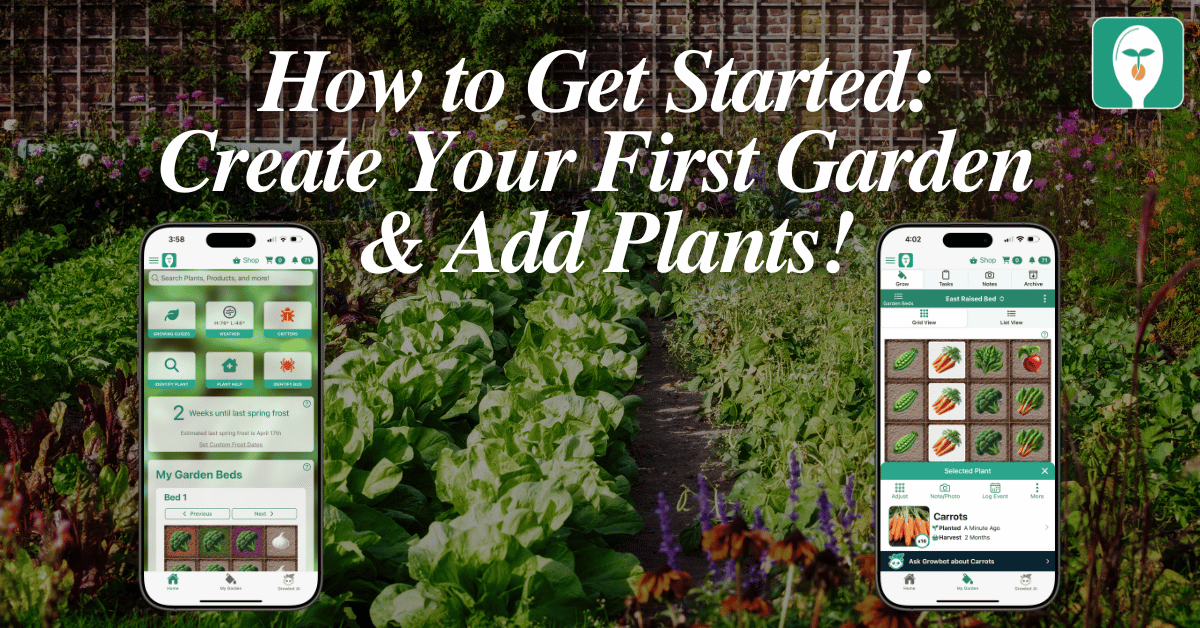Treatment Options:
- As with most pests, the best solution is prevention. Placing a floating row cover with insect netting will help to prevent these critters from eating your plants.
- Another good prevention is to remove excess weeds and grass around the garden areas as this can help to attract them.
- Placing blue sticky traps around your garden can help to catch these thrips and alert to a possible issue.
- You can use neem oil as well to help control thrips. Make sure to not apply the neem oil though when the temperature is above 90, or else you could suffocate your plant!
- There are also several beneficial insects that can help you in the garden with these pests too! Minute pirate bugs, ladybugs, and lacewings can help to keep your thrips away.
Plants to Watch:
- Squashes, such as:
- Beans (Bush & Pole)
- Brussel Sprouts
- Carrots
- Fruits, such as:
- Apricots
- Blueberries
- Elderberries
- Fig
- Kiwi
- Pomegranate
- Onions
- Shallots
- Leeks
- Mustard greens
- Stevia
- Tarragon
Learn more about growing over 80 different foods, including how to manage various pests in our FREE iOS, Android, or new Universal Web App!


Carrie Spoonemore, co-founder of “From Seed to Spoon,” stands as a beacon of inspiration for gardeners and health enthusiasts alike. Her journey alongside her husband, Dale Spoonemore, in creating a platform that demystifies gardening and promotes a healthier lifestyle, has made a significant impact on individuals around the globe. Through the “From Seed to Spoon” app, Carrie has dedicated herself to empowering people to take control of their health and environment by growing their own food.
With a profound belief in the power of gardening to improve mental and physical health, Carrie’s contributions to the Seed to Spoon blog reflect her holistic approach to wellness. Her articles often focus on the nutritional benefits of homegrown fruits and vegetables, organic gardening practices, and the mental health benefits of spending time in nature. Carrie’s expertise in health science shines through in her detailed discussions on how specific plants can contribute to a balanced diet and overall well-being.
Carrie’s passion for gardening is deeply intertwined with her commitment to family and community wellness. She frequently shares personal stories of how gardening has brought her family closer together, offering practical tips for involving children in gardening activities and making it a fun, educational experience. Her writing encourages families to explore gardening as a means of spending quality time together while learning about nature and sustainability.
In addition to gardening advice, Carrie’s contributions to the blog include insights into the use of technology to enhance the gardening experience. She has played a crucial role in designing the “From Seed to Spoon” app to be user-friendly, ensuring that users of all ages and backgrounds can navigate the complexities of gardening with ease. Her vision for the app is not just as a gardening tool but as a vehicle for change, inspiring individuals to adopt a more sustainable lifestyle by growing their own food.
Carrie Spoonemore’s presence on the blog is marked by her compassionate approach to teaching and her unwavering belief in the transformative power of gardening. Her work continues to inspire a community of gardeners to pursue a healthier, more sustainable way of living, proving that with the right tools and knowledge, anyone can become a gardener and advocate for their health and the planet.








9 thoughts on “Garden Pests: How to Manage Thrips in Your Garden”
With susceptible rhododendrons, we try to keep them thinned. Pruning out superfluous inner growth and dead stems improves air circulation, which thrip, as well as other insects, dislike. It does not eliminate them, but inhibits their activity.
This is very useful site for many people. I just admired to see this site. Iam glad to say this .And I suggest this site to my friends. Many people are used to do this type of work
In addition, there are many other nuisance insects such as termites, jasids, leaf moths, ketupat cabbage moths, leaf rollers, pumpkin beetles, stem pincers and many more. & Non-insect pests such as root-knot nematodes, snails and slugs; They are all equally harmful to your garden plants.
Thank you!